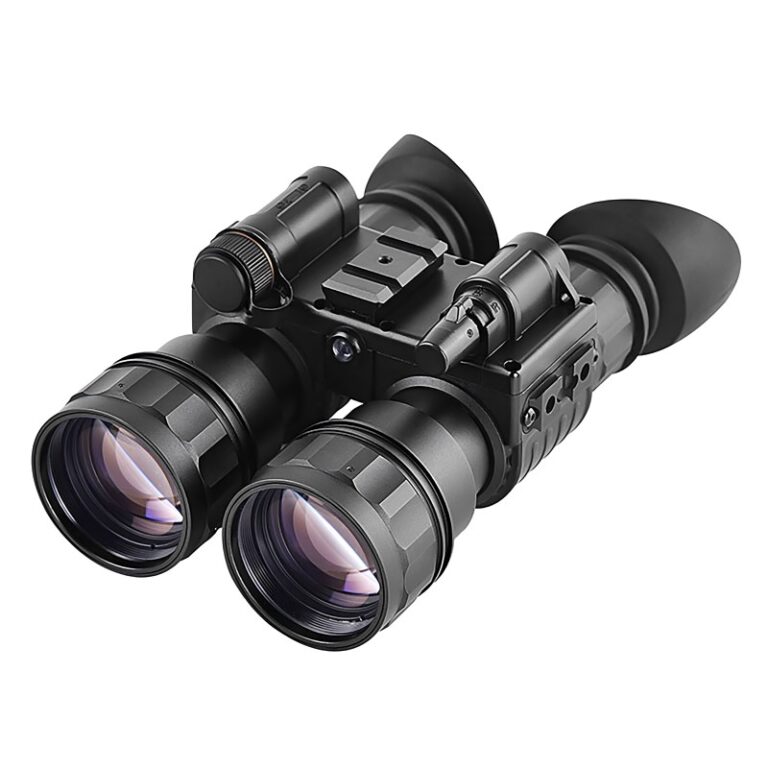Product Categories
Application Scenario


FAQs
Turn Night into Day – See the Unseen!
How does a night vision scope work?
Night vision devices amplify ambient light (moonlight, starlight) or infrared light using photocathode tubes (Gen1/2/3) or digital sensors (digital night vision), converting it into a visible image.
Can night vision work in total darkness?
Traditional night vision (Gen1-3) requires some ambient light. For complete darkness, an IR illuminator is needed. Digital night vision (e.g., ATN, Pulsar) often has built-in IR lighting for zero-light conditions.
What’s the difference between Gen1, Gen2, and Gen3 night vision? A:
Gen1: Basic amplification, needs decent ambient light, budget-friendly.
Gen2: Higher sensitivity, clearer in low light, longer lifespan.
Gen3: Military-grade, exceptional clarity in near-total darkness, expensive.
Can I use a night vision scope during the day?
No! Bright light can damage traditional night vision tubes. Some digital models have a "day mode" or removable lens caps for protection.
What’s the effective range of a night vision scope?
Depends on model and lighting:
Gen1: ~50-100m
Gen2/3: 200-300m (extendable with IR illuminator)
Digital: Typically 100-200m (limited by IR power).
How do I maintain my night vision scope?
Avoid direct exposure to bright light
Store in a dry, dust-free environment (use a moisture-proof case)
Clean lenses with a microfiber cloth
Remove batteries if unused for long periods




